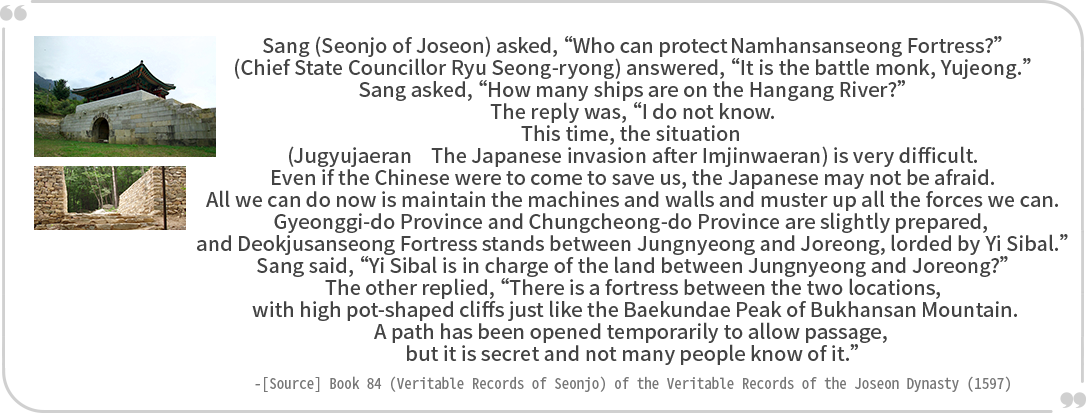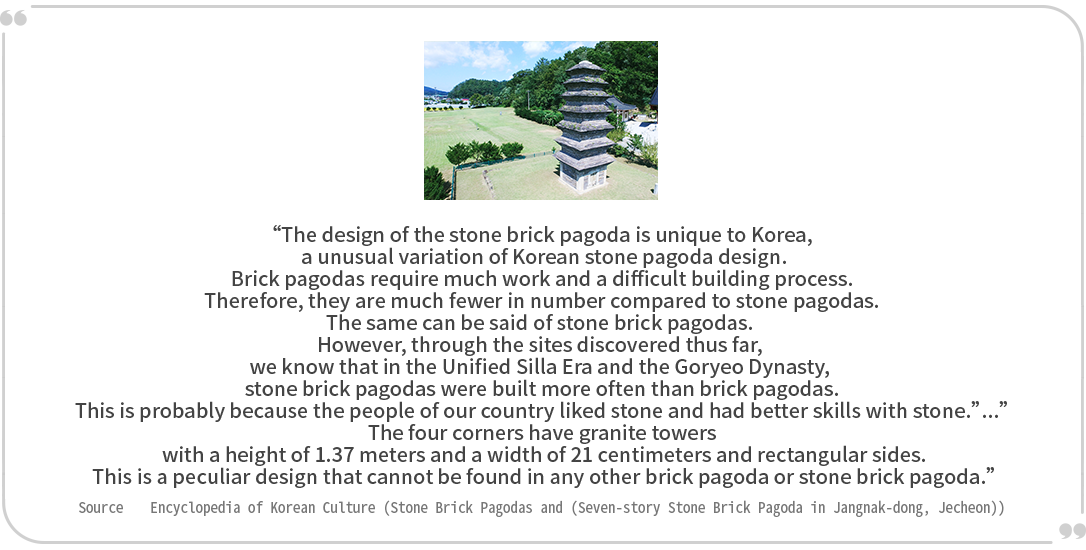We can guess the exact date of its establishment through the story of Prince Maeui and Princess Deokju as well as famous records such as Misang, Donggukyeojiseunglam, Sinjeungdonggukyeojiseunglam. When Prince Maeui and Princess Deokju were on their way to hide on Mt. Geumgang after Gyeongsun of Silla gave up Silla along with its history spanning back thousands of years to Taejo of Goryeo, they found a spot where they could see the Big Dipper. They found the energy of Woraksan Mountain to be similar to Mt. Geumgang and carved a rock-carved Budda there. They also established Deogjusa Temple. It is said that Princess Deokju spent the rest of her life longing for Prince Maeui, who died whilst very poor on Mt. Geumgang. Deogjusa Temple was large enough to be called Sangdukjusa Temple and Hadukjusa Temple, and records like this one from the coping strategies of the Period of the Joseon Dynasty were found: “Repair Deogjusangsa Temple and prepare as much soybean paste and salt as that for Namhansanseong Fortress.” Judging by such records, we could say that it was a temple with strategic functions such as a monk army, supplies, defense, and so forth. All the structures were lost during the Korean War because it was said that armed communist guerrillas could use them as hiding places. Continuous repair has brought it back to the state we know of today.
We cannot leave out the Standing Rock-carved Buddha at Deogjusa Temple, National Treasure No. 406, from the story of Prince Maeui and Princess Deokju. Standing Rock-carved Buddha at Deogjusa Temple is a rock-carved Buddha made in the design of rock Buddhas from the end of the Silla Era and early Goryeo Era. This design was important; the carving is of great value as a cultural asset, and the legend that speaks of the tragedy of a lost nation and the beautiful love between siblings seems to make it even more so. There is a legend linked with the Standing Rock-carved Buddha at Deogjusa Temple, which says that Prince Maeui and Princess Deokju arrived from Gyeongju on Woraksan Mountain. They stayed there a while, drawn by the beautiful scenery that was akin to Mt. Geumgang, and turned into Maitreya Buddha and and Standing Rock-carved Buddha at Deogjusa Temple, respectively. According to this legend, they meet once a year (Standing Rock-carved Buddha at Deogjusa Temple actually faces south and Maitreya Buddha actually faces north, which is not common for Buddha statues.) Legend says that Princess Deokju, longing for her brother who left towards Mt. Geumgang, could not take the sadness from losing her brother anymore and turned into Standing Rock-carved Buddha at Deogjusa Temple.
 자연치유도시 제천 문화관광
자연치유도시 제천 문화관광














